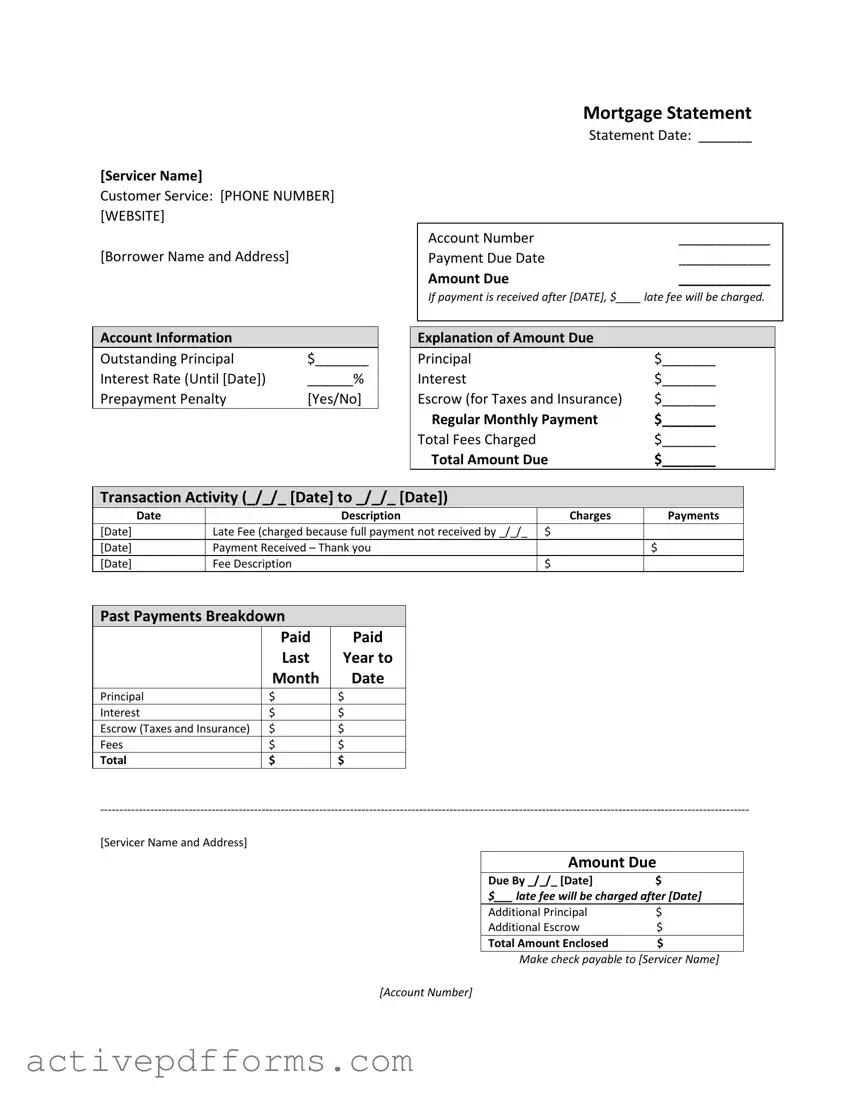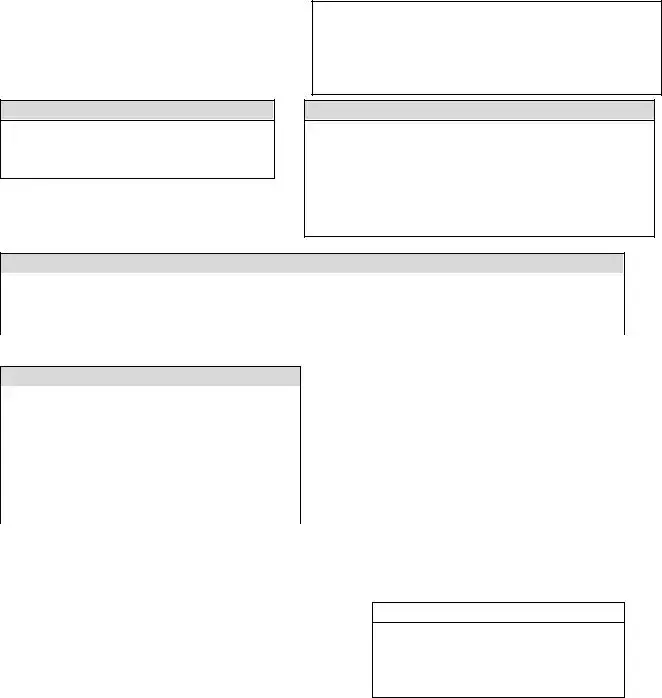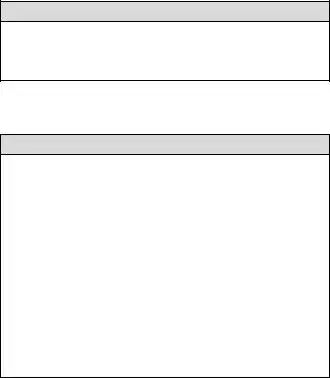Navigating through the complexities of managing a mortgage can at times feel overwhelming, but understanding your Mortgage Statement is key to maintaining control over this significant financial commitment. At its core, this document, furnished by your loan servicer, provides a comprehensive overview of your mortgage account. It includes crucial details such as the servicer’s name, contact information, and website, alongside your own name and address. Importantly, it outlines the statement date, account number, the due date for your next payment, and the amount due. Further breakdowns include an explanation of the amount due—dividing it into principal, interest, and any escrow amounts for taxes and insurance. Additionally, crucial information about late fees, the outstanding principal, and interest rate until a certain date, alongside any prepayment penalty, is clearly detailed. The statement also records transaction activity within a specified period, detailing charges, payments, and any late fees applied. It offers a glimpse into your payment history, breaking down past payments into principal, interest, escrow, and fees. The final sections highlight any important messages, delinquency notices, and vital information about partial payments, emphasizing the consequences of not staying current with payments. Understanding each segment of this statement is integral for homeowners to stay informed about their mortgage’s status, manage their finances effectively, and avoid potential pitfalls such as foreclosure.


